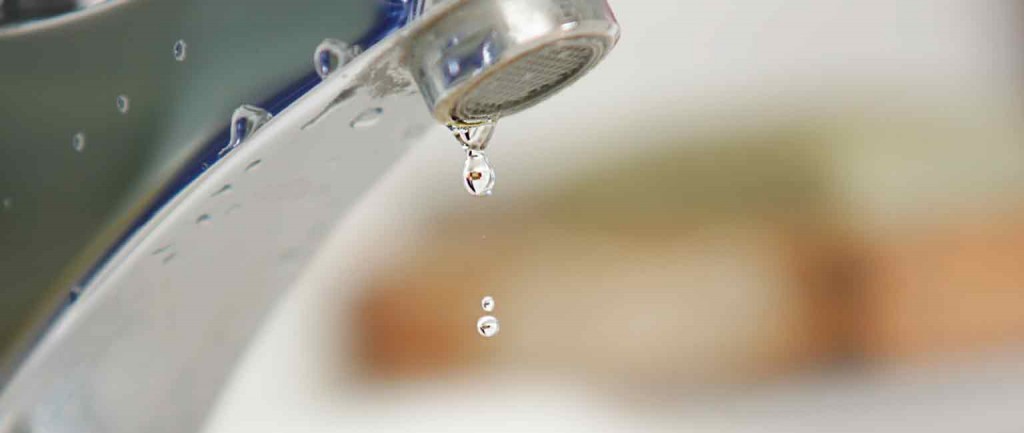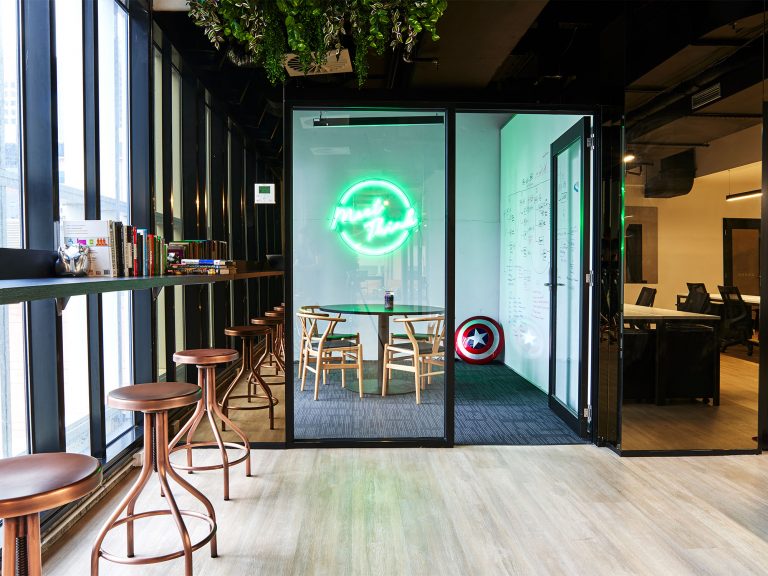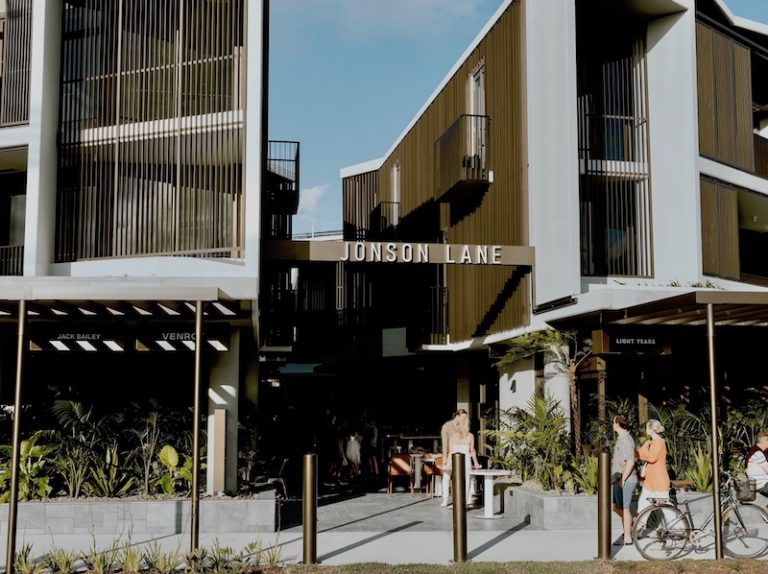How to: Stop wasting water in your building

We live on the world’s driest inhabited continent and yet most Australian buildings use thousands of litres of drinking water each day for things like cooling and watering the garden.
The average office building in Australia consumes a staggering 4.5 million kilolitres of fresh drinking water a year.
However, we have solid evidence that Green Star-rated offices consume around 55% less water than if they had been built to minimum industry requirements.
The average office building uses 4.5 million kilolitres of fresh drinking water a year
And the savings aren’t limited to offices.
While the average industrial facility consumes 270,000 kilolitres of fresh water a year, Green Star industrial buildings consume 28% less. Standard-practice retail centres consume 960,000 litres a year, while those with a Green Star rating average 38% less.
Read more: Sustainability, the environment & commercial property
How can we save water?
These Green Star-rated buildings routinely include a range of water-saving features – and not all of them are as high-tech as you might think.
Take the Green Star-rated Lifestyle Working at Victoria Harbour in Melbourne.
The building features high-efficiency 4 Star WELS-rated dual flush toilets and 5 Star WELS-rated tap ware – fixtures that any building owner can integrate into a relatively low-cost building upgrade.

The Lifestyle Working building at Victoria Harbour in Melbourne.
Rainwater tanks collect and store up to 45,000 litres of water, which is used for non-potable uses such as landscape irrigation and toilet flushing.
Lifestyle Working’s rainwater harvesting system is expected to collect more than 1.3 million litres of rainwater for reuse across the building each year.
Gardens can make a difference
In Sydney, Jacfin’s new industrial building for Ricoh Australia, also with a Green Star rating, features a xeriscape garden of drought-resistant natives that required watering for just the first three months.
A rainwater collection and reuse system is expected to save more than 12,000 litres a week – a 49% reduction in consumption from one simple but spectacular measure.
Read more: Office fitouts: 10 ways it’s easy to be green
Make changes without great cost
It’s clear that saving water stops money from going down the drain – but how can building owners upgrade their asset at the lowest possible cost?
Saving water stops money from going down the drain.
The first step is to measure your building’s current usage.
Conducting a water audit can help you spot leaks, fine-tune building processes and identify opportunities to improve your building’s water efficiency.
There are tools available to help, like the Green Star – Performance rating tool, which is available online, and which can guide you through the process of measuring your current consumption.
Once you understand how your building is performing, you can take practical action to improve the building’s operational performance and reduce its environmental impacts – and its costs.







